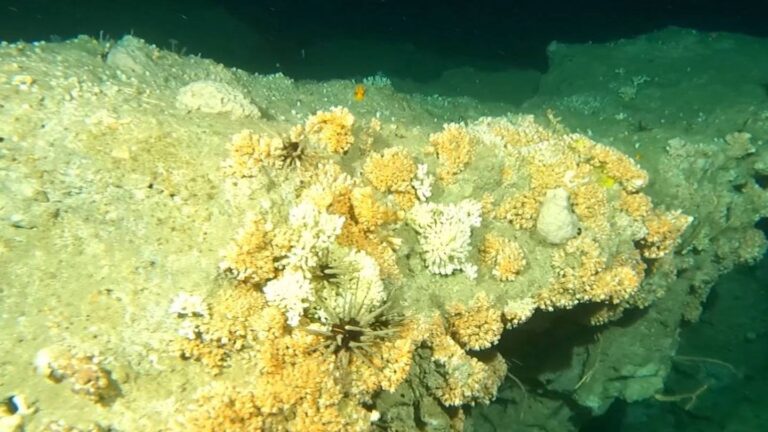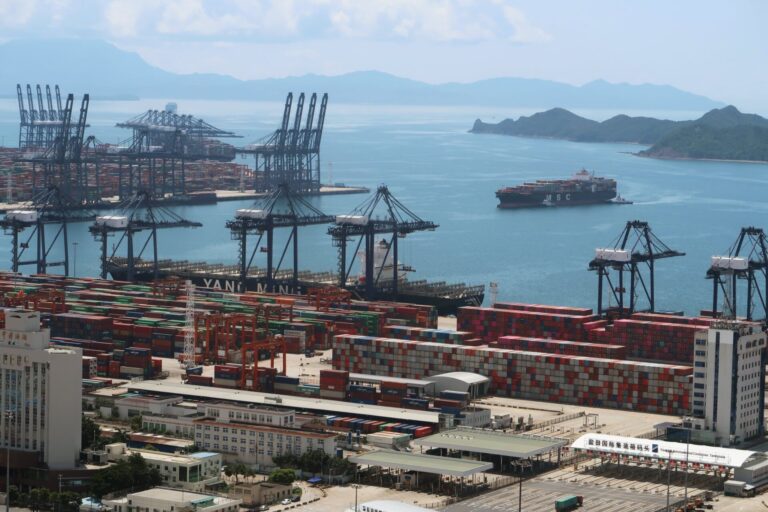The final link in the 5,111-kilometer natural gas pipeline that runs from the gas fields of eastern Siberia to Shanghai was put into operation yesterday, allowing Russian gas to directly reach the developed east coast of China.
The China-Russia East Gas Pipeline is the country’s third major cross-border natural gas pipeline, after the China-Central Asia Gas Pipeline and the Myanman-China Gas Pipeline, said Li Bo, head of PipeChina, the state-owned body set up to oversee the reform of China’s gas and oil system.
The pipeline starts in Heihe, northeastern Heilongjiang province and traverses nine provincial-level and autonomous regions, Li said. Some 3,371 kilometers are newly built and the rest were already in service. It will supply gas to the three northeastern provinces, Heilongjiang, Liaoning and Jilin, the Beijing-Tianjin-Hebei region and the Yangtze River Delta, which comprises Shanghai and the surrounding area.
Now that the China-Russia East Gas Pipeline is fully operational, it will reduce our gas costs to a certain extent, said Feng Xiangao, director and president of Zhongtai Hydrogen Energy Technology. The current price of liquid natural gas is CNY7,000 (USD1,000) per ton, but the price of Russian gas is not expected to exceed CNY5,000 a ton.
The pipeline’s internal diameter is the largest in China and it can transport 38 billion cubic meters of gas a year, Feng said. This helps to ensure supply and resist price fluctuations. As a whole, China is still short of gas, especially in the Beijing-Tianjin-Hebei region, where there is high demand for gas in the winter.
The price of Russian gas is mainly influenced by that of crude oil. Now that there is unlikely to be a shortage of natural gas in the winter, market prices are not likely to fluctuate much, he added.
The capacity of the China-Russia East Gas Pipeline is expected to increase each year and should reach full capacity of 38 billion cubic meters a year by 2025. This is equivalent to reducing carbon dioxide emissions by 164 million tons and sulfur dioxide emissions by 1.82 million tons per year. It will optimize China’s energy structure and promote green transformation.
Source: Yicai Global







